The theme of National Library Week (April 4-10, 2021) this year is “Welcome to Your Library.” To celebrate, we are sharing a brief history of our library. Since we were established, Lane Medical Library has evolved to meet our community’s needs — including expanding our virtual services to meet the unique demands of the last year.

A History of Lane Medical Library
Our history began in San Francisco in 1858, when Elias Samuel Cooper established the first medical school in the Western United States. By 1882 the school was known as Cooper Medical College, and its new building in San Francisco featured a fourth floor that served as a library and anatomical museum.
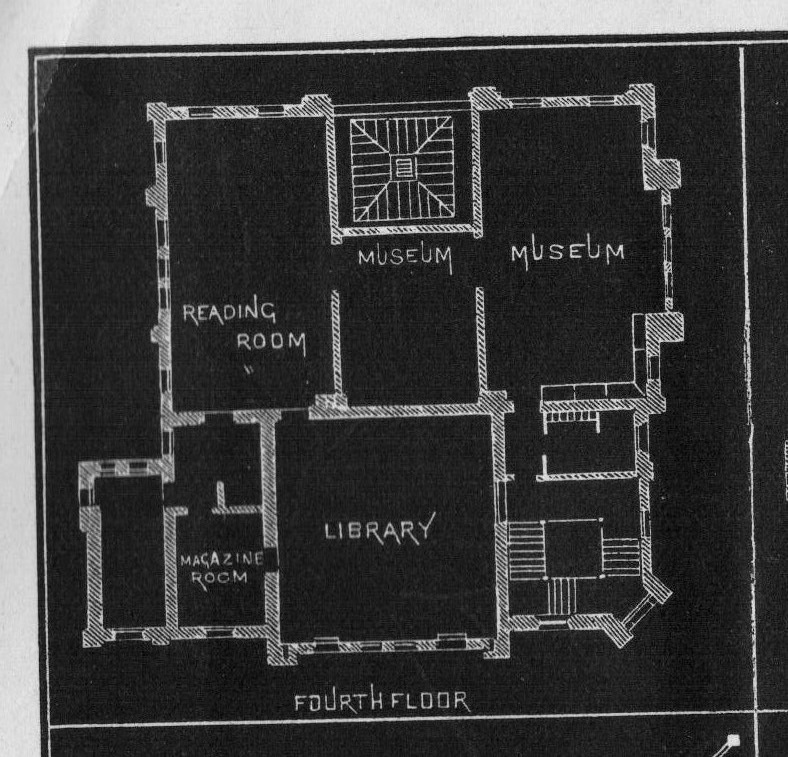
Professor of Surgery Emmett Rixford served as an early librarian, drafting an inventory of the library’s books and overseeing donations of books from other libraries. Donations came from the New York Academy of Medicine, Boston Medical Library, the Library of the Surgeon General’s Office in Washington, DC, and elsewhere. Rixford also sought to collect all medical literature printed in the Western United States. In 1897 David Belfrage was hired as the first salaried librarian, enabling the library’s first regular hours of operation.
When Pauline Lane passed away in 1902, she bequeathed a third of her estate to Cooper Medical College. It was the largest gift allowed at that time under California law. The purpose of the donation was the founding of a library in memory of her late husband Levi Cooper Lane, a former President of Cooper Medical College. With that gift, Lane Medical Library was officially established in 1906.
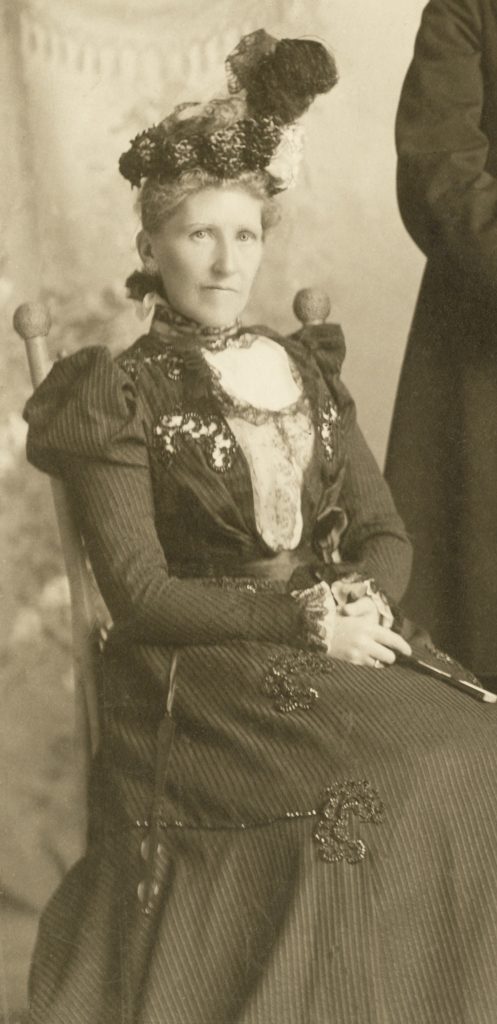
Lane Library was the largest medical library west of Chicago when Stanford University took over Cooper Medical College in 1908. The Stanford University Director of Libraries assumed responsibility for Lane Library in 1910 and the library’s books were cataloged for the first time. A new building for Lane Library, designed by Beaux-Arts architect Albert Pissis, opened as part of the medical school’s San Francisco campus in 1912. In 1932, a History of Medicine collection was inaugurated, including rare books donated by Adolph Barkan, a Professor of Ophthalmology and Otology. That collection grew to become the Medical History Center in Lane Library.
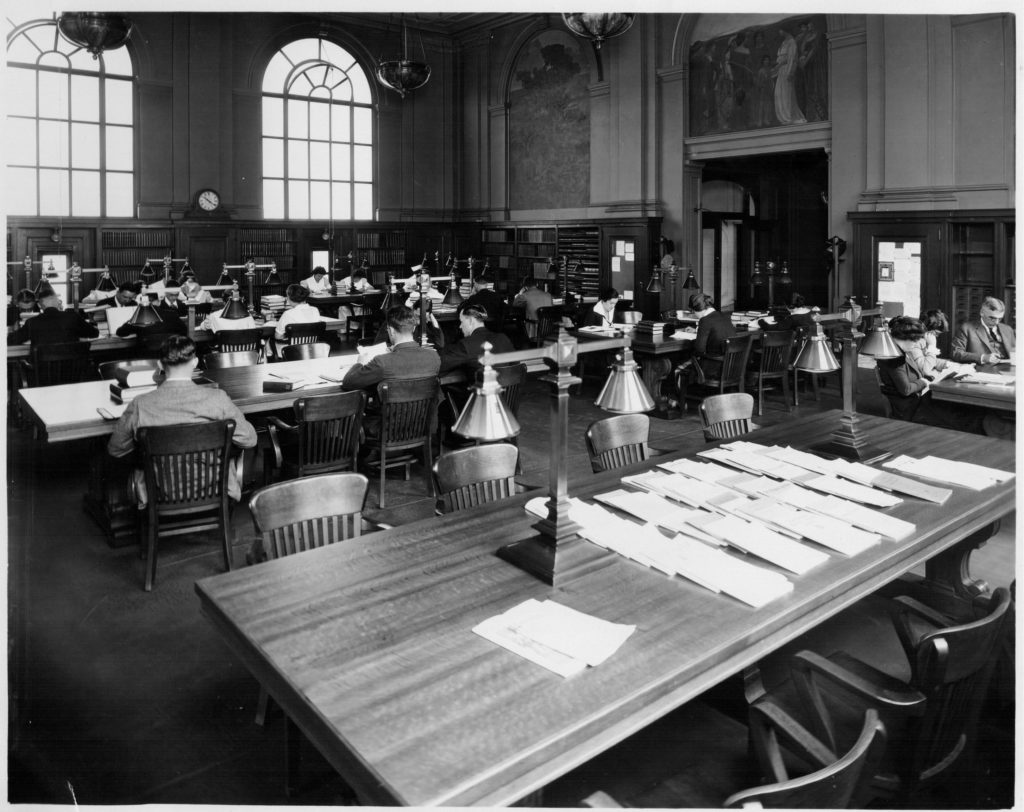
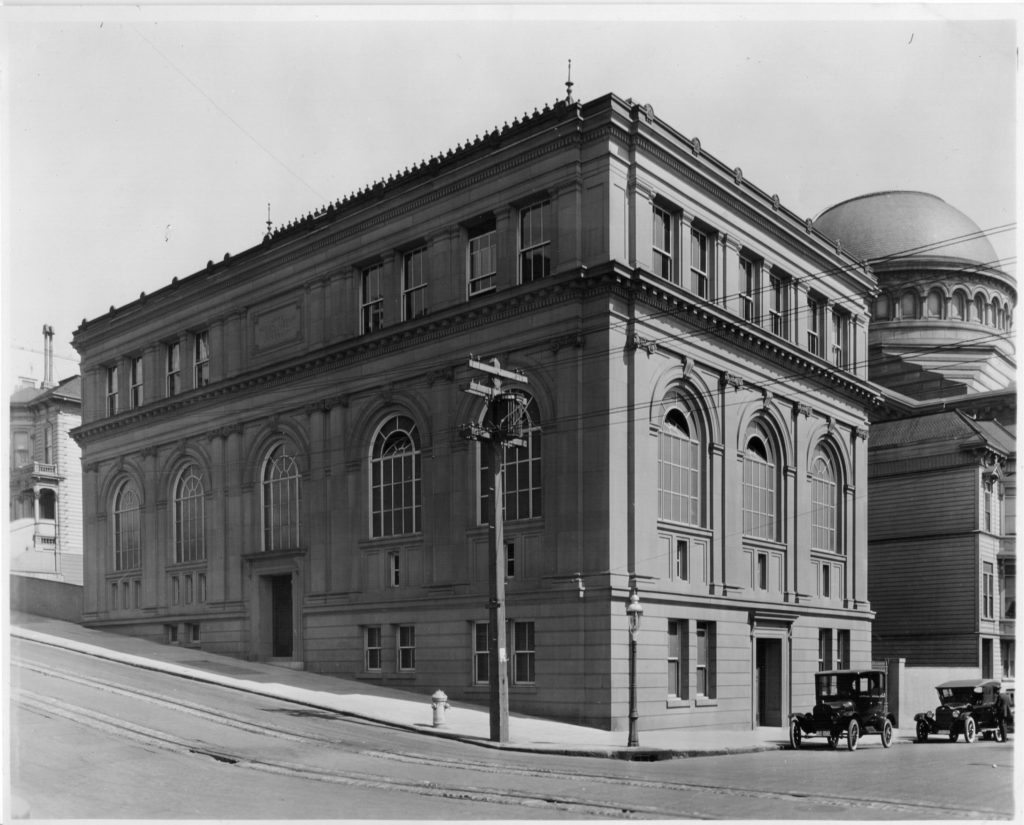
In the 1950s the School of Medicine made plans to relocate the school from San Francisco to Palo Alto. Initially, there was a consideration of consolidating Stanford’s science libraries – including Lane Library – into a single entity. Instead, Lane Library remained independent and opened in its new location in 1959 as part of the new School of Medicine’s buildings designed by Edward Durell Stone. The following year, the administration of Lane Library passed from Stanford’s Director of Libraries to the Dean of the School of Medicine.
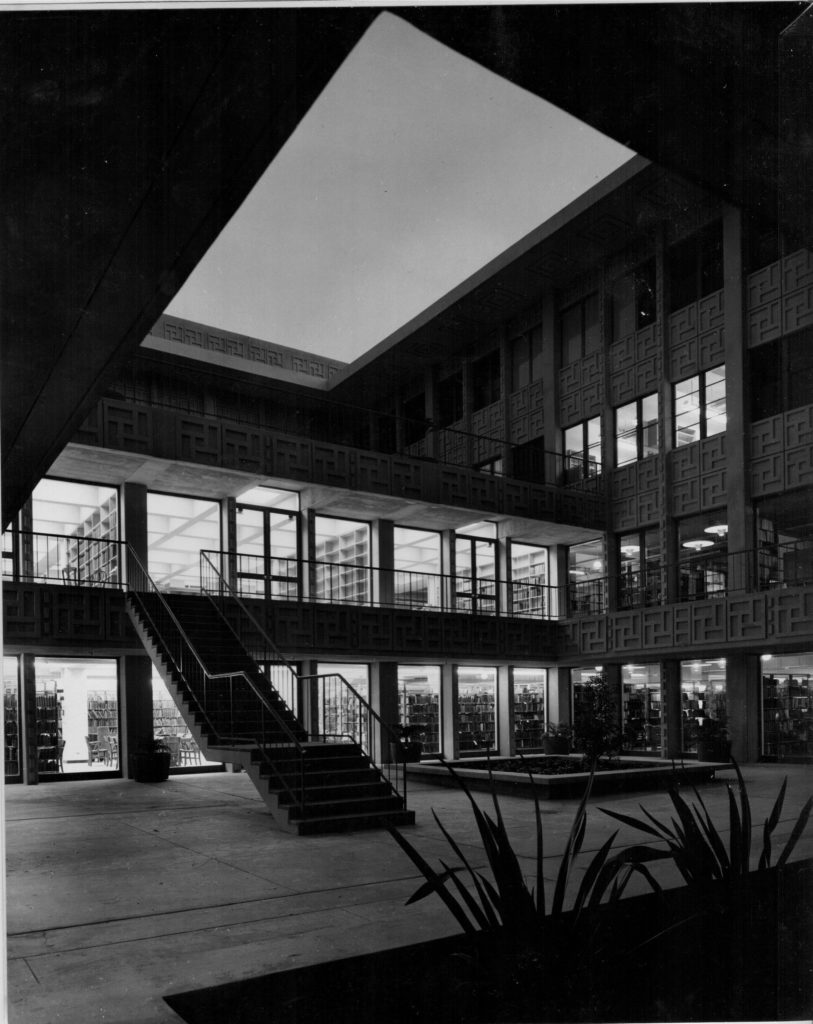
To learn more about resources related to the history of Lane Library contact Dr. Drew Bourn, Historical Curator in the Medical History Center. You can also learn more about our recent history at Lane Library by watching this 2016 discussion with four staff members who began working at the library in 1974-1980. Discussion topics include staffing model, physical layout and space planning, and interaction between librarians and School of Medicine faculty and students.